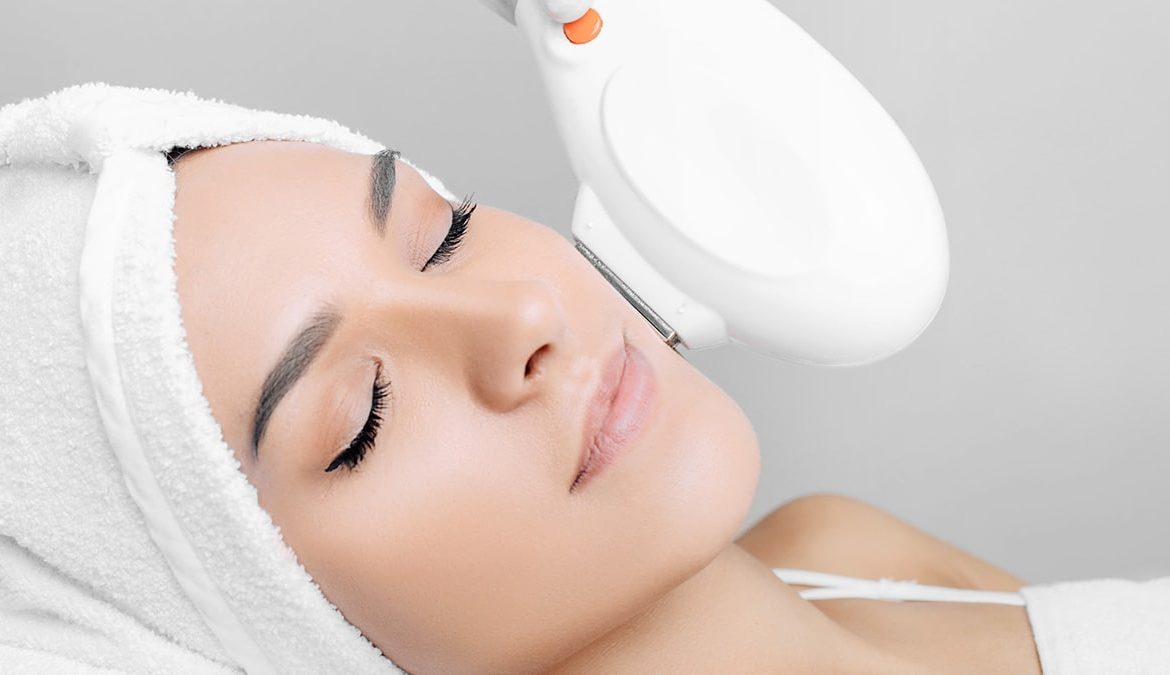Telemedicine, the use of telecommunications technology to provide remote healthcare services, has revolutionized therapeutic dermatology by offering efficient, accessible, and patient-centered care. This overview explores the significance and applications of telemedicine in therapeutique-dermatologique.org care.
Challenges in Dermatological Care:
Dermatology faces challenges related to access to care, timely appointments, and the ability to reach patients in remote or underserved areas. Additionally, the COVID-19 pandemic highlighted the importance of remote healthcare delivery.
Telemedicine in Dermatology:
Telemedicine in dermatology involves the delivery of healthcare services, such as consultations, follow-up visits, and skin assessments, through virtual platforms. Key components of telemedicine in dermatology include:
- Store-and-Forward Telemedicine:
Dermatologists can evaluate images and information sent by patients or referring healthcare providers. This approach is useful for diagnosing skin conditions and making treatment recommendations without real-time interaction.
- Real-Time Video Consultations:
Live video consultations allow dermatologists to examine the patient’s skin, discuss symptoms, and provide immediate guidance and treatment recommendations.

- E-Consultations:
Dermatologists can provide written recommendations based on the information and images shared by patients or primary care providers, enhancing access to specialist care.
- Mobile Apps and Teledermoscopy:
Mobile apps and dermoscopes can be used by patients to capture high-quality images of skin lesions, which can then be securely shared with dermatologists for evaluation.
Applications of Telemedicine in Dermatology:
Telemedicine offers several applications in dermatology:
- Teledermatology Consultations:
Patients can seek expert dermatological advice without the need for in-person visits, addressing various skin concerns and conditions.
- Skin Cancer Screenings:
Teledermoscopy can be used for skin cancer screenings, allowing for the early detection and monitoring of suspicious skin lesions.
- Follow-Up Appointments:
Patients can have post-treatment or follow-up consultations remotely, reducing the need for frequent in-person visits.
- Patient Education:
Dermatologists can use telemedicine to educate patients about skin care routines, self-examinations, and preventive measures.
Future Implications:
Telemedicine in dermatology has several future implications:
- Integration of artificial intelligence (AI) for image analysis and diagnosis.
- Improved access to care in underserved areas and rural regions.
- Expansion of telemedicine applications to other aspects of dermatological care, including teledermatopathology.
Conclusion:
Telemedicine has emerged as a valuable tool in therapeutique-dermatologique.org, offering patients greater accessibility to dermatological care, facilitating early diagnosis, and providing patient education. As technology and regulatory frameworks continue to evolve, telemedicine is expected to play an increasingly vital role in the field of dermatology.
Key Takeaways:
- Telemedicine in dermatology offers remote consultations, e-consultations, store-and-forward evaluations, and real-time video consultations.
- Applications include teledermatology consultations, skin cancer screenings, follow-up appointments, and patient education.
- Challenges include limitations in assessing certain skin conditions through images and disparities in access to technology.
- Future implications involve AI integration, improved access to care, and expanded applications in dermatological care.

